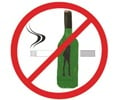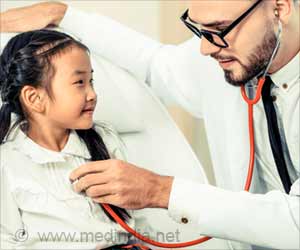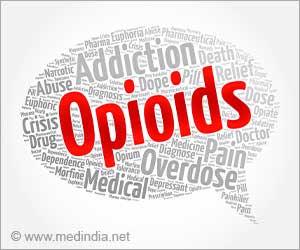Encouraging trends among teen passengers have been highlighted in a new report on teen driver safety by The Children's Hospital of Philadelphia (CHOP) and State Farm®.

"When most people think about those affected by teen driver crashes, they think of teens behind the wheel. This report includes encouraging news about teen passengers, who are often left out of the teen driver safety picture," says Dennis Durbin, M.D., M.S.C.E., co-scientific director of the Center for Injury Research and Prevention at CHOP, and lead author of the report. "When you see the needle move, as we have in this report, it's time to apply the gas on programs that encourage safe teen passenger behaviors, as well as those that address what causes teens to crash."
Based on recent research which identified specific behaviors or factors associated with teen driver crashes, Dr. Durbin offers key areas he thinks have the greatest potential to further drive down the teen crash rate: reduce distraction from passengers and technology, increase skills in scanning, hazard detection, and speed management, and increase seat belt use to improve a teen's chance of survival in a crash.
Although the report indicates progress for teen driver safety efforts, risky behaviors -- such as texting or emailing while driving, driving after drinking, and low seat belt use -- remain serious problems. According to the report, called Miles to go: Focusing on Risks for Teen Driver Crashes, a third of teens say they have recently texted or emailed while driving -- a proven deadly distraction, especially for teen drivers. Speeding remained a factor in more than half of fatal teen driver crashes -- nearly the same percentage as in 2008, and the percentage of teens dying in crashes with a blood alcohol level > 0.01 increased slightly -- from 38 percent to 41 percent.
"Texting or emailing while driving is especially dangerous for teen drivers. We are encouraged that abstaining from cell phone use while driving is currently the norm for teens – most are not doing this dangerous behavior," says Dr. Durbin. "To reach the teens that still do text or email while driving, messages should focus on teens' positive safety beliefs about refraining from cell phone use while driving, rather than turning to scare tactics that always emphasize the negative consequences."
The report, third in an annual series, provides evidence to support stronger Graduated Driver Licensing (GDL) programs, which allow teens to gain experience under lower-risk conditions. A comprehensive GDL program includes at least 50 hours of adult-supervised practice under varied conditions, limits teen passengers for the first year of independent driving, restricts unsupervised nighttime driving, requires seat belt use for the driver and all passengers, and prohibits cell phone use while driving.
Advertisement
Advertisement








